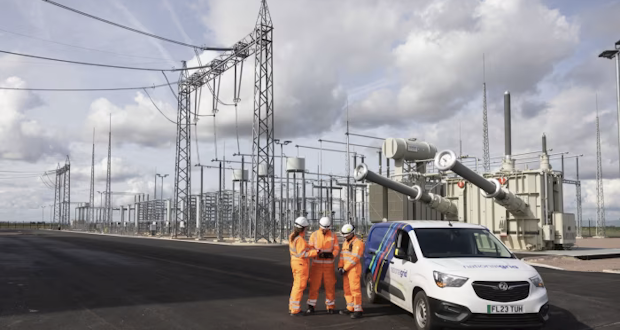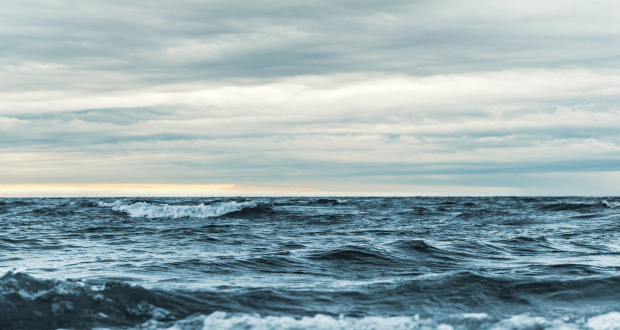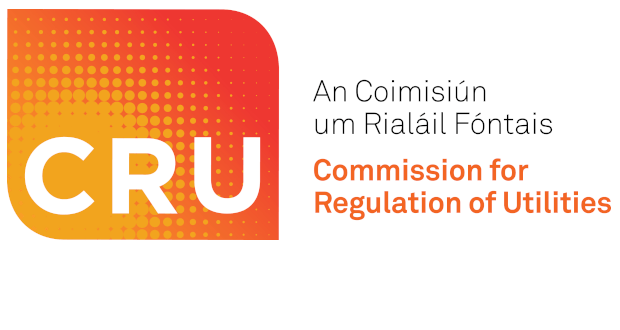An electricity substation in Lincolnshire, eastern England, marks the landing point for the world’s longest two-way electricity cable. The Viking interconnector stretches across 765km of land and sea to connect Britain and Denmark’s electricity markets. The joint project between the UK’s National Grid and the Danish grid operator Energinet started commercial operations at the end of 2023, allowing traders to make the most of differing weathering patterns across the North Sea, importing electricity into the UK when it lacks wind and exporting when it has too much.
It may not be the world’s longest cable for long. Developers are eyeing giant cable projects around the world as the growth of renewable energy creates huge value in trading electricity across different time zones and weather patterns, in order to match supply and demand.
Developers are making plans to connect Canada to the UK, Morocco to Europe, and Australia to Singapore, with cables stretching across land and the seabed over distances of 4,000km in some cases. The projects are expensive, difficult to build and come with added complications such as stretched supply chains, risks of sabotage and requirements for both government and private backing. But if they succeed, developers say they could help spur the move away from fossil fuels by making the most of renewable supplies, and mark a significant new era of energy ties between leading economies.
“These are the hero projects,” says Fiachra Ó Cléirigh, executive vice-president at the engineering consultancy Jacobs, which is working on projects such as the planned 345km Marinus Link between Tasmania and mainland Australia. That seems modest compared with the AAPowerLink project being developed by SunCable, owned since 2023 by a consortium led by Grok Ventures, the investment group founded by software company Atlassian’s chief executive, Mike Cannon-Brookes.
The A$40bn ($26.4bn) project involves building an initial 3GW of solar capacity, with batteries, in Australia’s sunny Northern Territory, and selling the electricity to consumers in Darwin on the north coast and Singapore via a 4,300km cable. It hopes to reach Singapore by the mid-2030s. “Countries like Australia have abundant amounts of land, abundant sunshine — abundant ability to produce renewable energy, in contrast to some of our neighbours,” says Ryan Willemsen-Bell, chief executive of SunCable.
Rows of solar panels in a red desert landscape with Kata Tjuṯa rock formations visible in the background. Solar panels in Australia’s Northern Territory. Abundant sunshine in the region will enable the AAPowerlink to capture and store renewable energy. “The ability for us to be able to share the benefits of that is something we think holds great promise. It’s something that is done in the Northern hemisphere already very well, and something that we believe can be replicated in our region.”
On the other side of the world, clean energy investment banker Laurent Segalen and interconnector developer Simon Ludlam are in the early stages of trying to link North America with Europe via a 6GW two-way 4,000km cable between Canada and the UK and Ireland. The time difference means the UK could wake up with electricity from Canada’s hydropower plants when Canadian demand is low overnight, and send power back when it’s windy at midnight in the North Sea and New Yorkers are making dinner.
The response from prospective investors in the North Atlantic Transmission One Link has been positive so far, says Segalen. “We believe that the power of the arbitrage will allow a large participation of private actors. If we start and we realise we need 80 per cent subsidies, we’re simply not going to do it.” He is confident about its technical feasibility despite the vast, difficult terrain. “We are not inventing a technology. It’s not a moonshot. We take the Viking Link [between the UK and Denmark], and we just try to stretch it five times. There is an existing supply chain.”
However, significant challenges await. The supply chain is being stretched by growing global demand for cables, transformers and other electrical equipment, both for long-distance electricity trading projects and to connect new wind and solar farms to the electricity grid.
Manufacturers are reluctant to add new capacity without firm orders, and waiting times are rising. Growing global protectionism could add to the strains. “To achieve economic efficiencies, it would help if supply chains are more global,” says Zhen-Hui Eng, who leads consultancy Baringa’s energy market work in Asia Pacific.
Political tensions can also emerge if both sides of an interconnector are not getting equal value from it. In Norway, concerns about rising domestic prices as it exports electricity to neighbours have sparked questions over the future of its interconnectors. “Political elements [of the discussion] have grown,” says Ashley Thomas, infrastructure and renewables analyst at Winterflood Research.
There is also the sheer challenge of laying cable on the seabed. “There are certain weather windows where you’ve got to get a lot of work done,” says Ó Cléirigh at Jacobs. “In terms of supply chain, it extends beyond the cables and the converter stations to the availability of vessels as well.” The difficulties associated with getting such mega projects off the ground became clear in June, when the UK government said it would not back X-Links’s proposed project to build a one-way cable taking power from planned solar and wind farms in Morocco to the UK.
The energy department argued the £24bn Morocco-UK Power Project presented a “high level of inherent risk”, related to both delivery and security. Russia’s invasion of Ukraine has heightened concerns about energy infrastructure sabotage.
Developers are trying to find other financial routes to get the project built. James Humfrey, chief executive of the project, remains convinced of the importance of long-distance cables. “Fundamentally, there is such significant value that both sides [of the cable] can benefit,” he says. Ludlam, one of the co-founders of the North Atlantic project, amplifies that idea. “The single most important nuclear reactor is up there [in the sky] and shines down on us,” he says. “Trying to capture that power is important and the rotation of the earth allows for that, providing we’re interconnected.
“A long-term vision, certainly a private one, is that we do interconnect across the most important and largest economic bases and that we share all the investment we’re making today so that we don’t overbuild, we don’t over-pollute and we utilise our natural resources in the most effective way.”
Original article: https://www.ft.com/content/db0a6697-c120-4f72-b876-e7bbc6e1e6e9



